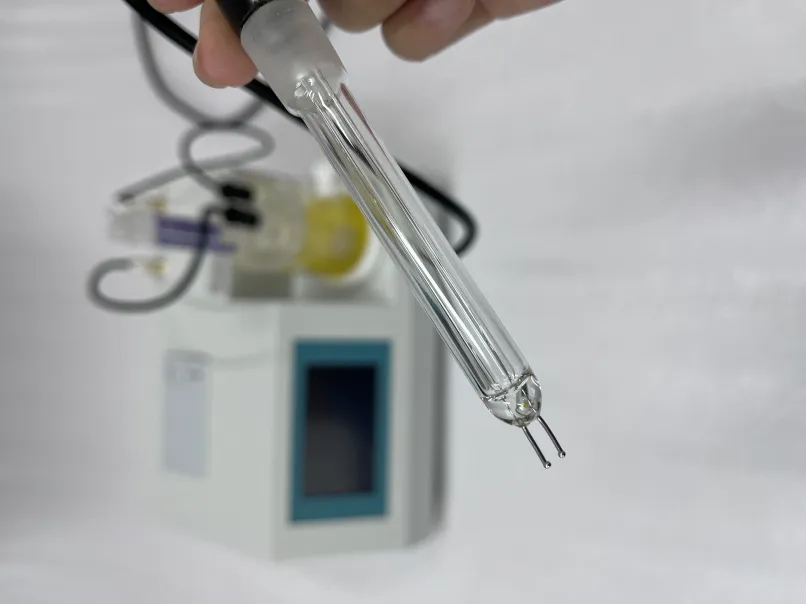 English
English


Turn Ratio Meter - Accurate Transformer Testing Tool
Understanding Turn Ratio Meters
Turn ratio meters are essential tools in the field of electrical engineering and power systems. They are primarily used to measure the turns ratio of transformers, which is a critical parameter that directly affects the voltage transformation capabilities of these devices. Understanding the principles behind turn ratio meters and their applications can provide valuable insights into their importance in both design and maintenance of electrical systems.
Understanding Turn Ratio Meters
Turn ratio meters typically operate by applying a small AC voltage to the primary winding and measuring the resulting voltage in the secondary winding. The device then calculates the turns ratio based on these measurements. Advanced models of turn ratio meters can also provide additional features such as data storage, the ability to test under load, and connectivity to PCs for further analysis. This enhances their usability for professionals as they allow for comprehensive diagnostics and record-keeping.
turns ratio meter

In practice, turn ratio meters are widely used in various applications, including the testing of transformers during commissioning, routine maintenance, and troubleshooting. They help in identifying issues such as winding faults, incorrect connections, or insulation breakdowns, which can severely affect the performance and safety of electrical systems. Regular testing and verification of transformer turns ratios ensure that transformers are operating efficiently and can prevent more significant issues from arising.
Moreover, in the renewable energy sector, where transformers play a vital role in integrating renewable sources like wind and solar into the grid, turn ratio meters are indispensable. As the energy landscape evolves, maintaining the efficiency and reliability of transformers becomes paramount, making the need for accurate measurement tools even more critical.
In summary, turn ratio meters are a crucial component in the arsenal of electrical engineers and technicians. Their ability to accurately measure the turns ratio of transformers not only facilitates the safe and efficient operation of electrical systems, but also contributes to the longevity of infrastructure within the power sector. As technology continues to advance, the features and functionalities of turn ratio meters will likely evolve, further enhancing their role in modern electrical engineering practices. Thus, understanding and utilizing these tools effectively is key for anyone involved in the design, maintenance, or operation of transformers.
-
Differences between open cup flash point tester and closed cup flash point testerNewsOct.31,2024
-
The Reliable Load Tap ChangerNewsOct.23,2024
-
The Essential Guide to Hipot TestersNewsOct.23,2024
-
The Digital Insulation TesterNewsOct.23,2024
-
The Best Earth Loop Impedance Tester for SaleNewsOct.23,2024
-
Tan Delta Tester--The Essential Tool for Electrical Insulation TestingNewsOct.23,2024





